Hungarian Panorama
Everyone is making films. The man of our time has a minicam or mobile phone in his pocket, with the pupil-sized lens on its back, ready to record anything seemingly important or worth documenting. As if he were a curious tourist in his own life, camera in hand, poised to shoot. But you cannot watch and record at the same time. You can only watch what has been recorded later, after the event. The experience of synchronicity is replaced by the act of scrutiny. Earlier, we took home the images of reality in our heads – now we carry them in our pockets. Remembering is phased out by reproduction and re-watching. Kafka’s bitter prophecy seems to have come true: “People photograph things to expel them from their memories.’ Memories are subjective and fragile things, photographs are cool and indisputably objective. We are not only tourists in, but also documenters of, our lives: we keep collecting images of time, just as industrious detectives collect items of evidence.
Everyone is making films, but some do it as a profession. They not only record but also compose and edit: they do not simply record events but also understand them, dig deep in them and find the universal in the individual. This small group of people with cameras are called the documentary filmmakers. I have made my selection for the Hungarian program of Verzio from the works of such film artists – yes, there are artists in documentary filmmaking. These are works that not only highlight important social and political problems but also see the human condition in them. In other words, the main criterion for selection was not the importance or up-to-dateness of the topic but how sensitive the filmmakers’ approach was, how well they could bring the audience to the heart of a problem, and interpret these problems through personal stories of passion or tragedy – and occasionally of happiness. Matter-of-fact news coverage is about someone else – real documentaries are about ourselves.
György Báron
Curator of the Hungarian Program
The program
Three Sisters
Edit Kőszegi, Hungary, 2008, 30’
Gizi Faragó lives on a small farm with her two younger sisters. Gizi is divorced, Mari is a widow, Erzsi is a spinster. The three sisters talk about home, life and family. 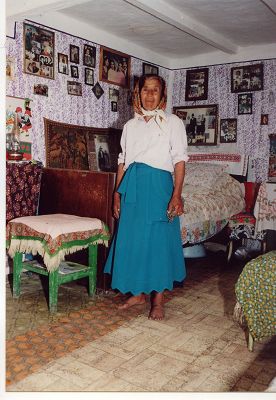
producer: András Surányi
editor: Oresztész Nemes
camera: Gyula Kőszegi
sound: Zoltán Karaszek
production info:
Filmmágnes Kft
Kecskeméti u. 5.
1052 Budapest
Hungary
tel: + 36 1 220 5413
solymosinorbert@t-online.hu
selected filmography:
A 11. Élet, 2007 / Menekülés a szerelembe, 2006 / Kései születés, 2002 / Cigány kép - Roma kép, 2001 / Történetek a boldogulásról I-II., 1999 / Csövesek, csicskák, 1996 / Jobban szeretnék élni, 1995
Tile Mail
Gergő Somogyvári, Judit Feszt, Hungary, 2008, 23’
Nober Sanders' film-letter to his family in Brazil - an intimate visual testament about immigration and integration.
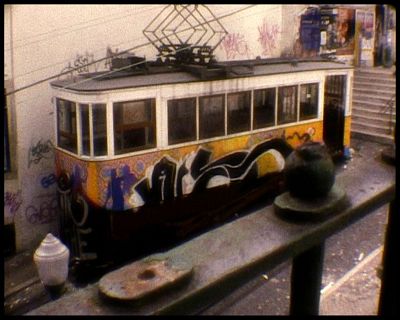
producer: György Durst
editor: Judit Feszt
camera: Gergő Somogyvári
sound: Rudolf Várhegyi
music: Dead Combo
production info:
Duna Műhely
Mészáros u. 48-54
1016 Budapest
Hungary
tel: + 36 1 355 9378
fax: + 36 1 355 9378
dunw@dunatv.hu
www.dunaworkshop.hu
filmography:
Somogyvári Gergő:
Harcosok Harca, 2007 / Lanterna – Ahol a magány se jár, 2007 / Zuhanás a környéken, 2004 / Utasok, 2003
Feszt Judit:
A mechanikus flameco táncos, 2001 / Elektronikus özönvíz, 2000 / A Szemeid mögött, 1998 / Velazquez tűnödései, 1999
Spy In A One Horse Town
Gábor Zsigmond Papp, Hungary, 2009, 51’
What are agents recruited for? Is it possible to give up spying? Gábor Rimner who was recruited by the CIA in 1973 answers these questions and more. 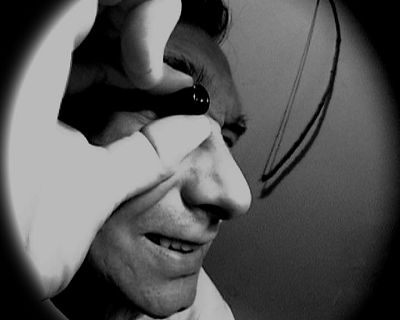
producer: Gábor Zsigmond Papp
editor: Bence Bartos
camera: Zoltán Lovasi
sound: Tibor Belovári
music: Szabolcs Molnár
production info:
Bologna Film
Lágymányosi u. 21/A
1111 Budapest
Hungary
tel: +36 20 435 7454
fax: + 36 1 328 8280
pappgzs@gmail.com
selected filmography:
Balaton retro, 2007 / Az ügynök élete, 2004 / Hamvazószerda , 2004 / A flaszter népe, 2002 / Esterházy-vacsora, 1999 / Budapest retro, 1998 / A kollégium végnapjai, 1996
Faraway
Márton Vécsei, Hungary, 2008, 47’
Holidays, hopes, desires – inhabitants of a rustic Transylvanian village talk about their vanishing world and what is beyond it. 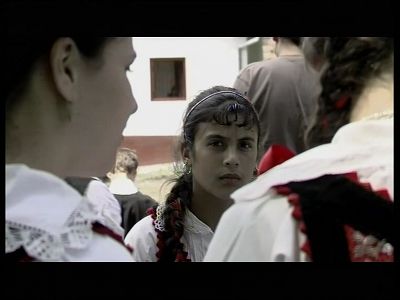
producer: András Muhi
editor: Dániel Faragó
camera: Márton Vécsei, Balázs Szügyi
sound: Ádám Jávorka, Zsolt Hammer
music: Place Moscow
production info:
Inforg Stúdió
Kinizsi u. 11.
1092 Budapest
Hungary
tel: + 36 1 219 0961
inforg@inforgstudio.hu
www.inforgstudio.hu
filmography:
Farkasember, 2008 / Vége, 2003 / Panoráma Budapest, 2005 / Született lúzer, 2007
Who Are You To Know Who I Am!
György Ali Pálos, Hungary, 2008, 71’
Hungarian drug addicts talk about life, drugs, and their road to self-discovery. 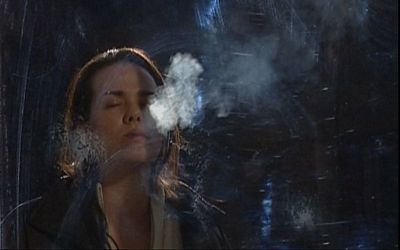
producer: György Pálos
editor: György Pálos, Kati Juhász
camera: Gábor Békési, Tamás Csányi, Márton Szirmai, György Pálos
sound: Zoltán Végső
music: Dj Palotai, Berci Márkos
production info:
Közgáz Vizuális Brigád
Mátyás király tér 6. A. épület
1165 Budapest
Hungary
tel: +36 1 407 3925
fax: + 36 1 407 3925
czaban@tilos.hu
www.kvb.hu
selected filmography:
Sztornó, 2006 / Országalma (Czabán Györggyel), 1998 / A kenyereslány balladája Czabán Györggyel), 1996
Sunflowers
Dezső Zsigmond, Hungary, 2008, 30’
Marilin, almost forty but still with a teenage soul, lives in a small apartment in a rundown neighborhood where she tirelessly copies Van Gogh paintings from day till night. For whom? 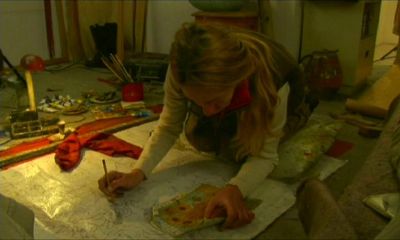
producer: Miklós Szederkényi
editor: Gabriella Koncz
camera: Gábor Ágost
hsound: Vince Kapcsos
production info:
Dunatáj Alapítvány
Mészáros u. 48-54.
1016 Budapest
Hungary
tel: + 36 1 355 83 27
dunataj@gmail.com
selected filmography:
Boszorkánykör, 2009 / Élik az életüket - Kárpátaljai szappanopera, 2006 / Csigavár, 2004 / Aranykalyiba - Egy év Karácsony Emilkével a gyimesi Hidegségben, 2003 / Bizarr románc - Tanyasi Dekameron, 2000 / Indián tél (Erdélyi Jánossal), 1993 / Vérrel és kötéllel (Erdélyi Jánossal), 1990
Nomad Market – Three Wanderers
Péter Szalay, Hungary, 2009, 52’
The Roma family running a funfair, the long-distance runner and flute maker and the wandering photographer –traditional lifestyles in the 21st century. 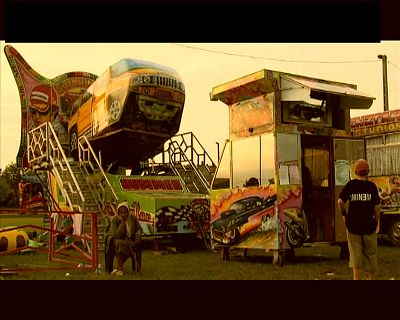
a starry eyed flute maker,
a traveling dream-maker,
and a photographer in search of light.
A true fairy tale in the hectic 21st century.
The Roma family running a funfair, the long-distance runner flute maker and the traveling photographer – three parallel stories about the past and the present, the traditional and the modern.
producer: János Vészi
editor: Péter Szalay
camera: Péter Dömötör, Ernő Nagy, Szalay Péter
sound: István Perger, István Perger Jr, Vince Kapcsos
music: Sonoton
production info:
Fórum Film Alapítvány
Róna u. 174.
1145 Budapest
Hungary
forumfilm@invitel.hu
tel: +36 1 251 5666 / 608
selected filmography:
Odaát, 2008 / Panoptikum, 2007 / Határeset, 2006 / Drogzarándok, 2005 / A vonat (dok.hu alkotócsoport), 2003 / Alsósófalvi anzix, 1997-1998
Women of Omor
Balázs Krasznahorkai, Hungary, 2009, 36’
Story garland of the interwoven lives of elderly women from a small village in Transylvania. 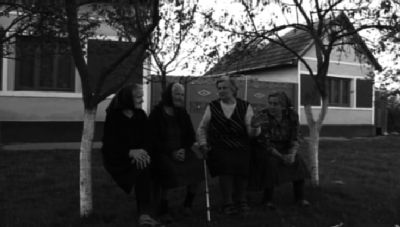
producer: Ferenc Pusztai
editor: Ágnes Völler
camera: Róbert Székely, Gábor Tausz
sound: József Kardos, Rudolf Várhegyi
production info:
KMH Film
Késmárk u. 24.
1158 Budapest
Hungary
tel: + 36 1 414 0885
fax: + 36 1 414 0887
info@kmh.hu
www.kmhfilm.hu
filmography:
Maradék 2005 / Köd, 2000
Parallel Death Patterns
András Jeles, Hungary, 2008, 132’
The story of Lajos Szögi, ornithologist and teacher, lynched in the village of Olaszliszka and that of a 13-year-old boy with leukemia. 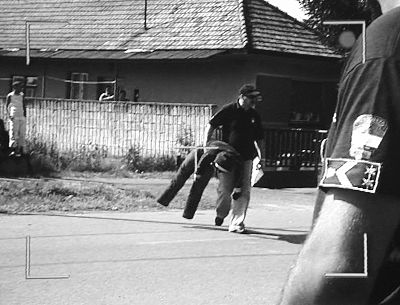
producer: Pál Sándor
editor: András Jeles, Viktor Borbély
camera: András Jeles
music: László Melis
production info:
Hunnia Filmstúdió
Róna u. 174.
1145 Budapest
Hungary
tel: +36 1 221 1815
fax: +36 1 220 8749
hunnia@hunniafilm.hu
www.hunniafilm.hu
selected filmography:
József és testvérei - Jelenetek egy parasztbibliából, 2003 / / Senki földje, 1993 / A mosoly birodalma, 1986 / Thália szekerén, 1985 / Álombrigád, 1983 / Montázs, 1979 / Légy jó mindhalálig, 1977 / Meghallgatás, 1969
